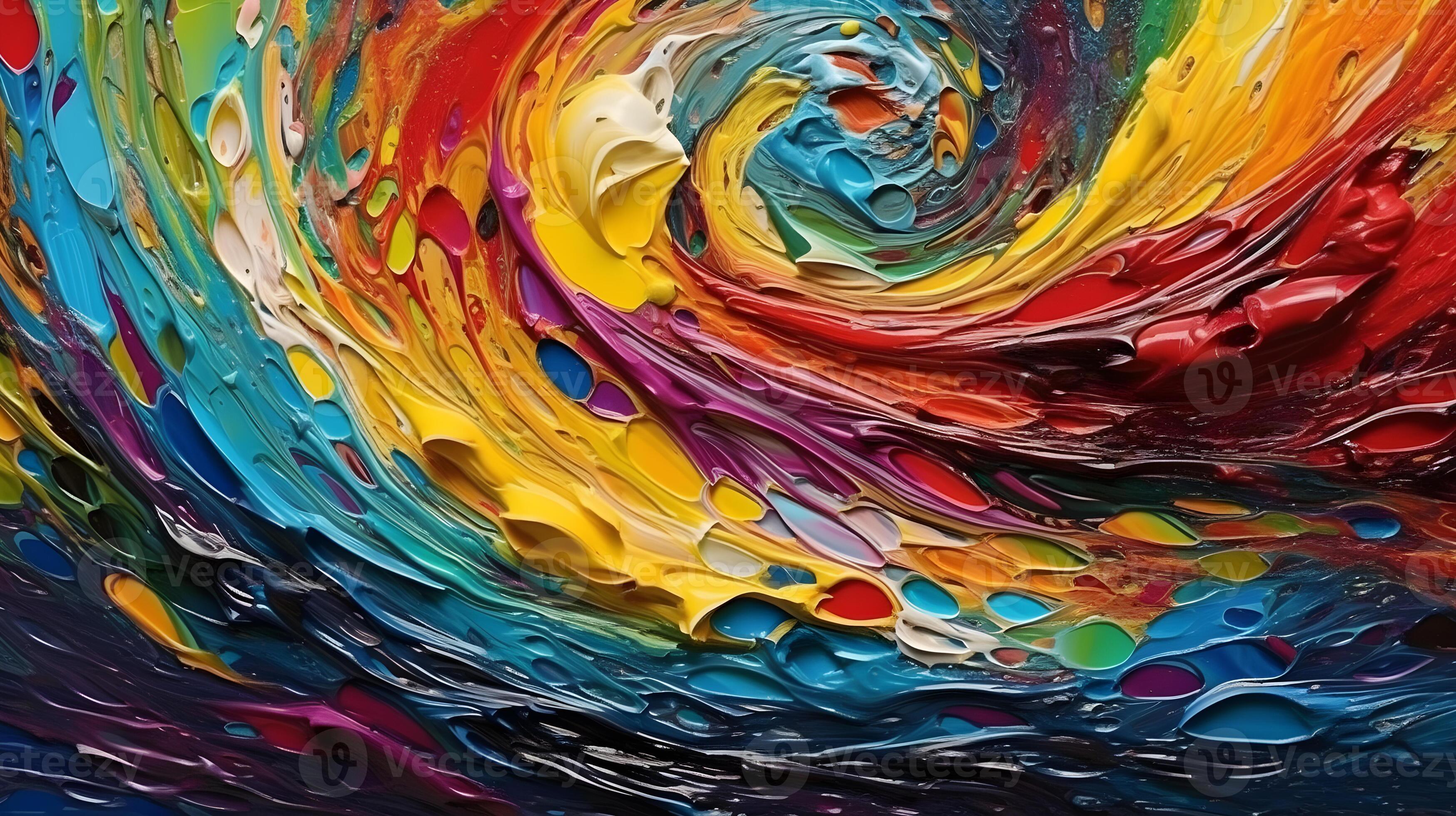
Acrylic Painting 101: A Journey to Canvas Confidence for Beginners
Embark on the Acrylic Painting Adventure
Welcome, aspiring artists! Dive into the vibrant world of acrylic painting with this comprehensive guide, meticulously crafted for beginners like you. Unleash your inner creativity as we explore the fundamentals of acrylic painting, empowering you to conquer your canvas with confidence.
Unveiling the Magic of Acrylics
Acrylic paints, renowned for their vibrant hues and quick-drying versatility, offer a welcoming canvas for beginners. Embrace their ease of use, allowing you to paint with confidence and explore your artistic vision freely.
Essential Tools for Canvas Conquest
Gather your artistic arsenal, including acrylic paints, brushes of various sizes, a canvas, and water containers. These tools will serve as your trusty companions on this artistic journey, empowering you to translate your imagination onto the canvas.
The Canvas: Your Creative Playground
Choose a canvas that aligns with your artistic aspirations, whether it’s a small canvas for intimate expressions or a grand canvas for sweeping landscapes. Prepare your canvas with a layer of gesso, providing a smooth foundation for your acrylic masterpieces.
Brushstrokes: The Language of Art
Master the art of brushstrokes to convey emotions and create depth on the canvas. Explore various brush sizes and techniques, allowing you to create delicate lines, bold strokes, and everything in between.
Color Theory: The Symphony of Hues
Unleash the power of color theory to create harmonious and impactful compositions. Understand the relationships between colors, including complementary colors, analogous colors, and triadic colors, to evoke specific moods and emotions.
Composition: Arranging Elements
Arrange the elements of your painting strategically, guided by principles of composition such as the rule of thirds and the golden ratio. Create a visually balanced and engaging artwork that draws the viewer into your artistic vision.
The Advantages and Disadvantages of Acrylic Painting
Advantages:
- Fast-drying, allowing for quick and efficient painting sessions
- Versatile, suitable for various painting techniques and styles
- Vibrant colors that retain their intensity over time
- Water-based, making it easy to clean brushes and spills
Disadvantages:
- Can dry quickly, limiting blending time
- May become brittle over time if exposed to extreme temperatures or UV light
| Attribute | Description |
|---|---|
| Skill Level | Beginner-friendly |
| Materials | Acrylic paints, brushes, canvas, gesso |
| Drying Time | Fast-drying |
| Versatility | Suitable for various techniques and styles |
| Cleanup | Water-based, easy to clean |
FAQs
1. What is the best type of brush for acrylic painting?
– Synthetic brushes, such as nylon or acrylic, are recommended for their durability and ability to hold acrylic paint well.
2. How can I prevent my acrylic paints from drying too quickly?
– Use a spray bottle filled with water to keep the paints moist during use.
3. Can I mix acrylic paints with other mediums?
– Yes, you can mix acrylics with mediums such as water, acrylic medium, or glazing medium to modify their consistency and effects.
4. How do I fix mistakes made with acrylic paints?
– While acrylics dry quickly, you can still make corrections by using a damp brush to lift off the paint or by applying a thin layer of gesso over the mistake.
5. How can I protect my acrylic paintings from UV rays?
– Apply a layer of UV-resistant varnish over the finished painting to protect it from fading caused by sunlight exposure.
6. Can I use acrylic paints on other surfaces besides canvas?
– Yes, acrylics can be used on various surfaces, including wood, paper, metal, and even fabric.
7. How do I clean my brushes after using acrylic paints?
– Rinse your brushes thoroughly with water immediately after use to prevent the acrylic paint from drying on the bristles.
8. What are some beginner-friendly acrylic painting projects?
– Start with simple projects such as painting landscapes, flowers, or abstract designs to build your confidence.
9. How can I improve my brush control?
– Practice painting exercises such as lines, circles, and cross-hatching to improve your brushwork.
10. Can I use acrylic paints to create realistic paintings?
– Yes, with proper technique and practice, you can achieve realistic paintings using acrylics.
11. How can I find inspiration for my acrylic paintings?
– Explore art books, visit museums, and observe your surroundings to gather inspiration for your compositions.
12. What are some common techniques used in acrylic painting?
– Explore techniques such as wet-on-wet, blending, glazing, and impasto to add depth and interest to your paintings.
13. How can I preserve my acrylic paintings for the long term?
– Store your paintings in a cool, dry place away from direct sunlight and excessive moisture to prevent deterioration.
Conclusion: A Canvas of Limitless Possibilities
Embark on your acrylic painting journey with confidence, knowing that you possess the knowledge and skills to create stunning works of art. Let your imagination soar as you explore the vibrant world of acrylics, conquering your canvas with each brushstroke.
Remember, every masterpiece begins with a blank canvas, just like every artistic journey starts with a single step. Embrace the learning process, experiment with different techniques, and never hesitate to seek inspiration from the world around you. The canvas awaits your artistic touch, ready to transform into a testament to your creativity and passion.